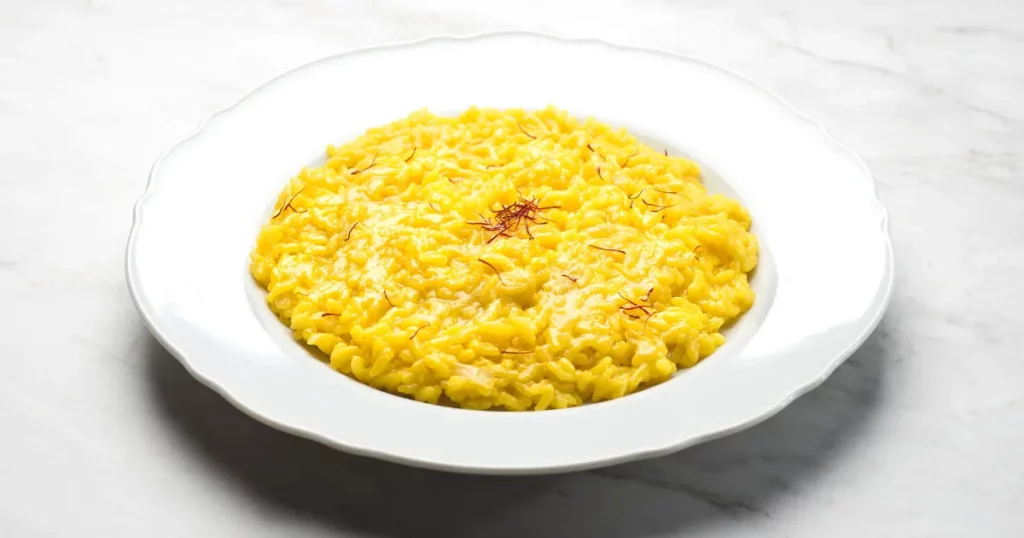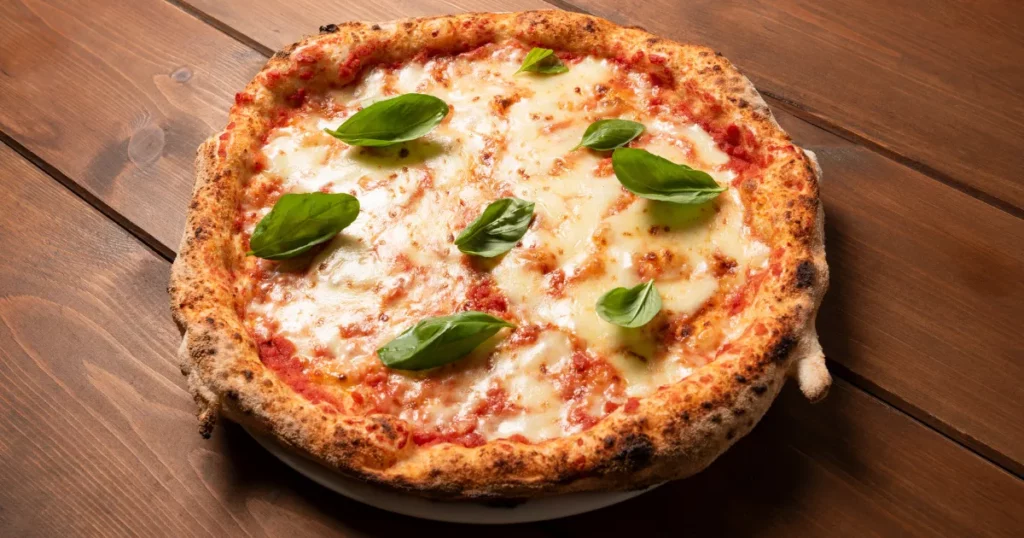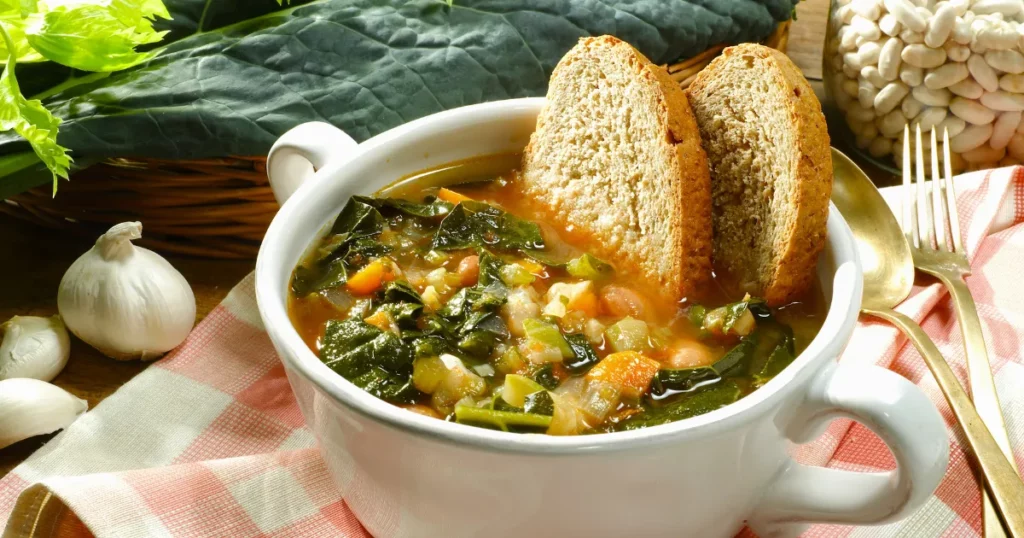Italian cuisine is celebrated worldwide for its healthy and fresh ingredients and exotic flavors. Some of the best recipes and culinary practices in the world have come from Italian chefs.
This blog takes you on a journey through the history of Italian cuisine—from its ancient origins to the regional specialties that define its identity and global impact. Along the way, we’ll explore howthe genre evolved into one of the most beloved food traditions in the world.
The Ancient Origin of Italian Cuisine
Italian cuisine origin happened in the ancient Roman and Etruscan civilizations. These cultures laid the foundation for the culinary traditions that Italy is known for today.
Roman and Etruscan Influences
- Staples of Ancient Italian Diet: The ancient Romans and Etruscans relied heavily on grains such as barley, wheat, and millet, as well as legumes like lentils and chickpeas. These ingredients were used to prepare simple yet nourishing meals.
- Olives and Olive Oil: The cultivation of olives and the production of olive oil became central to Italian cuisine, a legacy that continues to thrive. Olive oil was used not only as a cooking medium but also as a condiment and preservative.
- Trade and Expansion: Ancient Rome’s vast trade networks introduced exotic spices, herbs, and ingredients, such as black pepper, which influenced the flavors of Italian cooking.
In its earliest form, the cuisine emphasized fresh ingredients, minimal preparation, and bold flavors—a philosophy that still holds true today.
The History of Italian Cuisine and Its Evolution During the Medieval Era
The medieval era marked a significant evolution in Italian cuisine, driven by societal changes, trade, and the introduction of new ingredients. The Influence of the Silk Road played a major role. Italy’s strategic position as a Mediterranean hub allowed it to access spices, dried fruits, and grains from the Middle East and Asia. These ingredients enriched Italian cooking and led to the creation of more complex dishes.
Additionally, Medieval Italy saw the development of iconic cheeses such as Parmigiano-Reggiano and Pecorino Romano. These cheeses became integral to food and are used in pasta, soups, and sauces. Later, the Renaissance period revolutionized the culinary world. New techniques like stuffing and frying were introduced, and lavish banquets became a symbol of wealth and prestige. During this time, pasta dishes gained prominence, and regional culinary styles began to flourish.
Regional Flavors: The Heart of Italian Cuisine
One of the key characteristics of Italian cuisine is the fact that local ingredients are used extensively. Moreover, herbs are used to add to the health benefits and simple techniques like boiling and steaming are put to use to ensure nourishment. For instance, the extensive use of olive oil and olives in the cuisine speaks volumes about how the genre keeps health in the center.
1. Risotto alla Milanese (Lombardy)

This creamy rice dish, flavored with saffron, is a specialty of Lombardy. It is known for its vibrant yellow hue and luxurious texture, and it is often paired with osso buco (braised veal shanks).
2. Pizza Margherita (Campania)

Hailing from Naples, pizza Margherita is a globally loved dish made with a simple combination of tomatoes, mozzarella, and fresh basil. Its colors represent the Italian flag, and its flavor is a testament to the beauty of simplicity.
3. Lasagna (Emilia-Romagna)

Emilia-Romagna is home to the beloved lasagna, made with layers of pasta, rich meat ragu, béchamel sauce, and cheese. The dish has been welcomed by the whole world with open arms and is popular among all age gorups and genders.
4. Ribollita (Tuscany)

A traditional Tuscan soup made with bread, beans, and vegetables, Ribollita is a rustic and comforting dish that embodies the region’s farm-to-table philosophy.
5. Cannoli (Sicily)

Sicily is famous for its desserts, and cannoli is a standout. These crispy pastry shells filled with sweet ricotta are a delightful treat that reflects the island’s rich culinary heritage.
The Global Influence of Italian Cuisine: A Culinary Phenomenon
Italian cuisine’s global appeal lies in its adaptability, use of fresh ingredients, and universal flavors. Over the years, it has made its way into people’s hearts (and stomachs) worldwide.
Italian immigrants brought their culinary traditions to countries like the United States, Argentina, and Australia, where dishes like spaghetti, meatballs, and pizza became household favorites.
Italian restaurants gained popularity in the 20th century, introducing people worldwide to dishes like lasagna, risotto, and carbonara.
Today, in most parts of the world, Italian food is not only available is one of the most demanded cuisines.
Craving Italian? Order Your Favorite Dishes Now on Swiggy!
Thinking how to order Italian food near me? Whether you’re dreaming of a slice of authentic Margherita pizza, a comforting plate of lasagna, or a creamy risotto, Swiggy has you covered. You can enjoy your favorite dishes delivered right to your doorstep with various Italian restaurants.
Do you prefer dining out? Swiggy Dineout lets you discover the best Italian restaurants in your city. Indulge in the flavors of Italy without leaving home!
Conclusion
From the origin of Italian cuisine in the Roman Empire to its evolution through the Middle Ages and Renaissance, Italian food has remained true to its core values of simplicity, quality, and flavor.
Its regional diversity and global appeal make it a timeless culinary tradition that continues to delight food lovers worldwide. So, remember the rich history and culture behind every bite, whether you’re savoring a plate of risotto in Lombardy or enjoying pizza on a New York street corner.
FAQ
1. What is the dish of Italian origin?
Some iconic Italian-origin dishes include pizza, pasta, risotto, and lasagna, all with deep cultural and historical significance.
2. What are some regional differences in Italian cuisine?
Italian cuisine varies by region, with Lombardy known for risotto, Emilia-Romagna for lasagna, Campania for pizza, and Sicily for desserts like cannoli.
3. How did pasta become a staple in Italian cuisine as per the history of Italian dishes?
During the Middle Ages, when advances in wheat cultivation and drying techniques happened, Pasta became popular due to its versatility, durability, affordabilit,y and adaptability.
Author Bio
Satisfying your cravings, one bite at a time. Discover the best eats, trends, and uncover the hidden gems with us to make your online ordering or dining experience a memorable one.
















































































